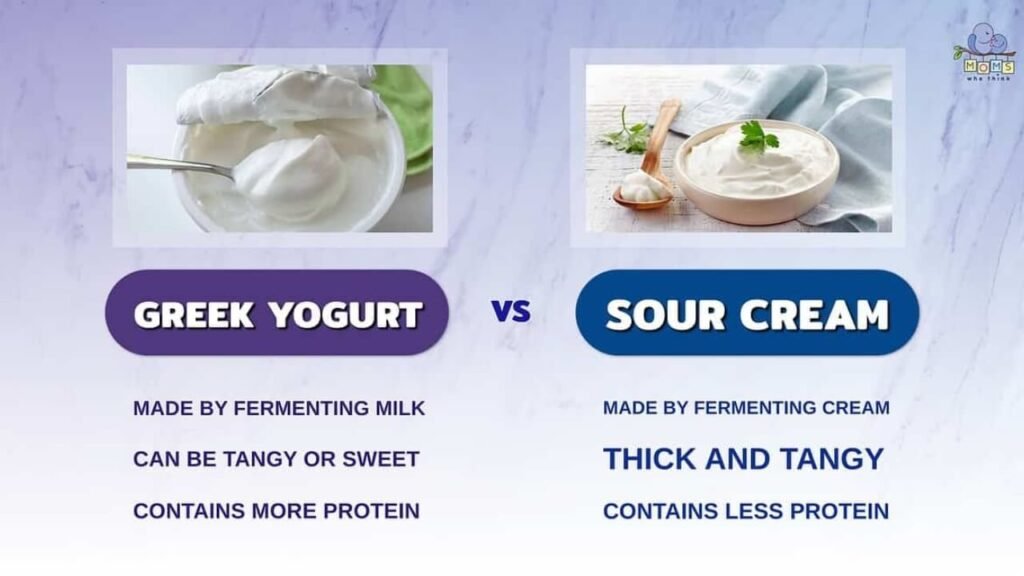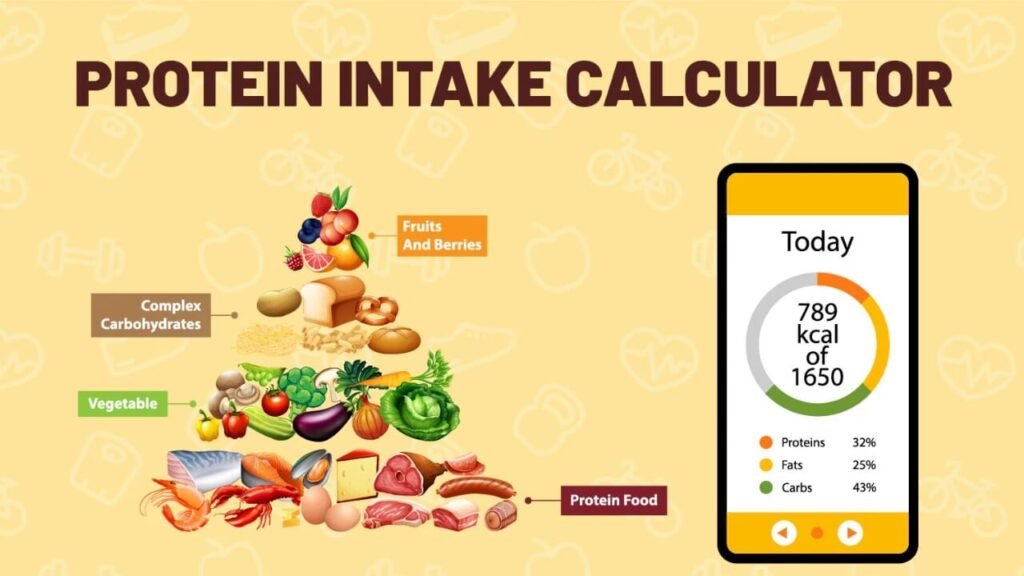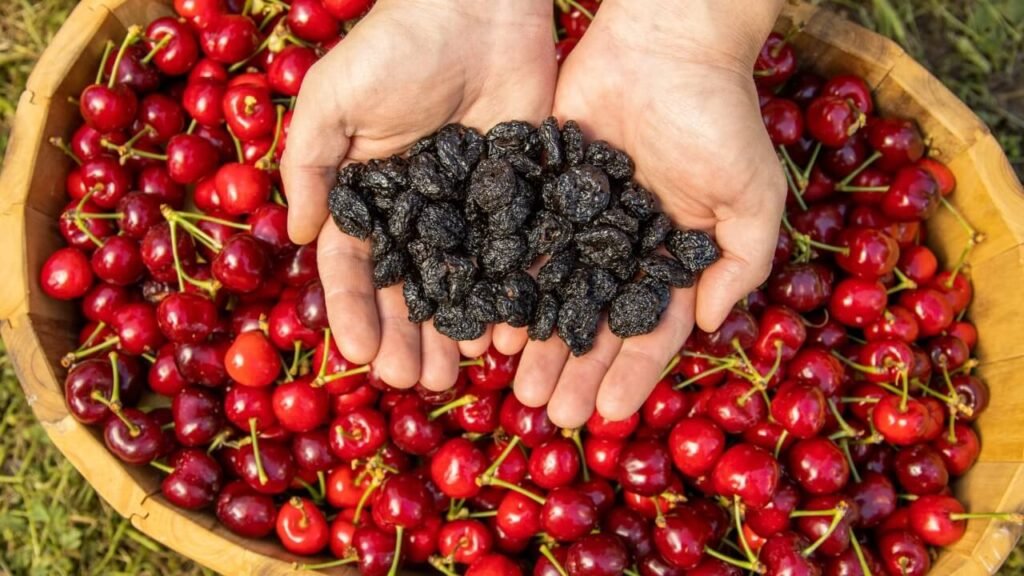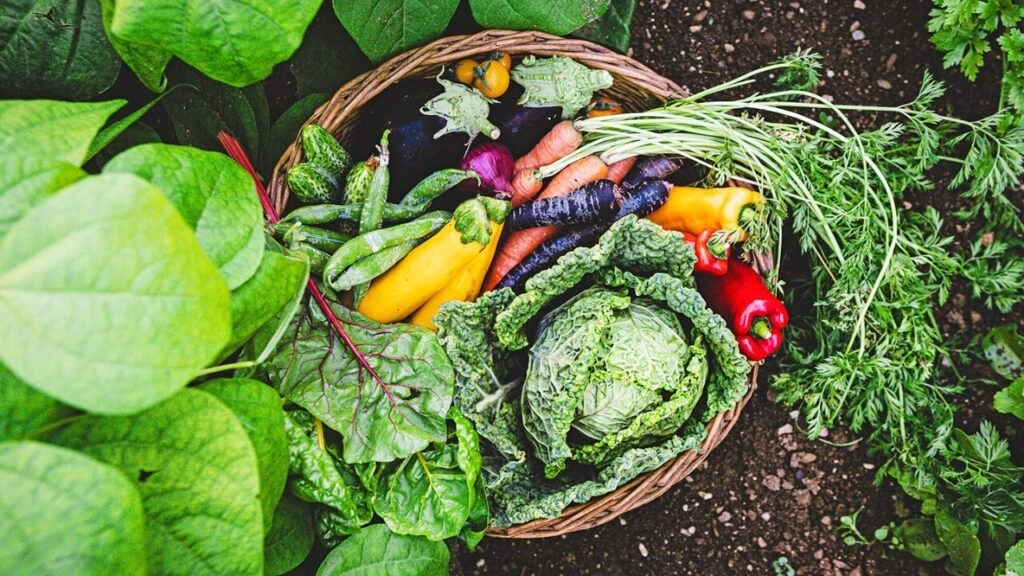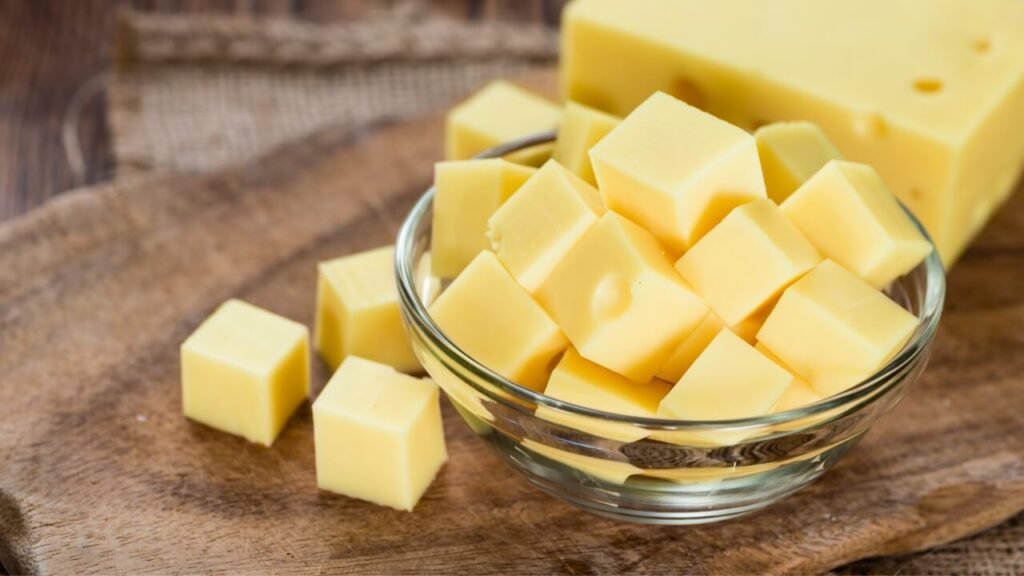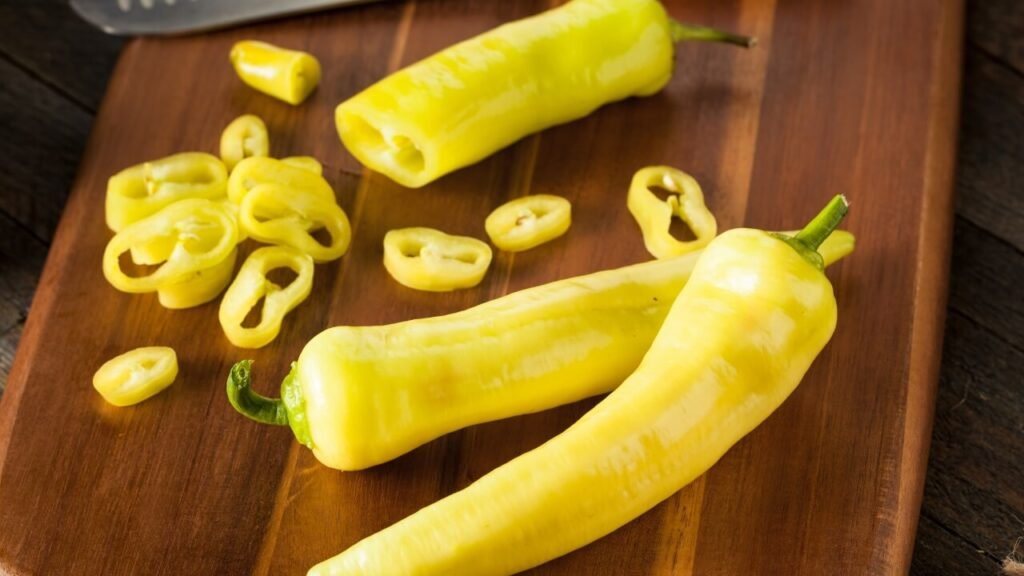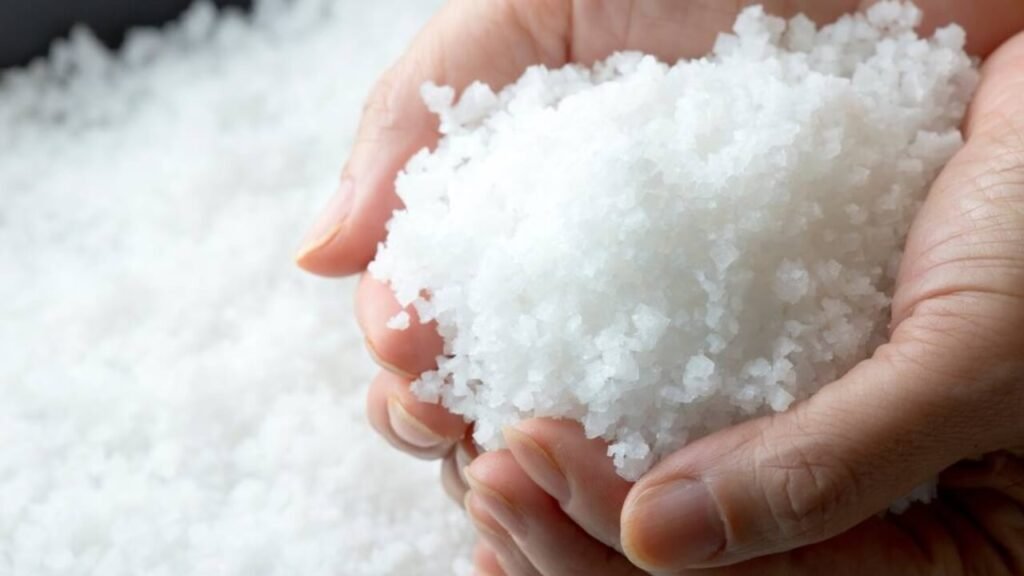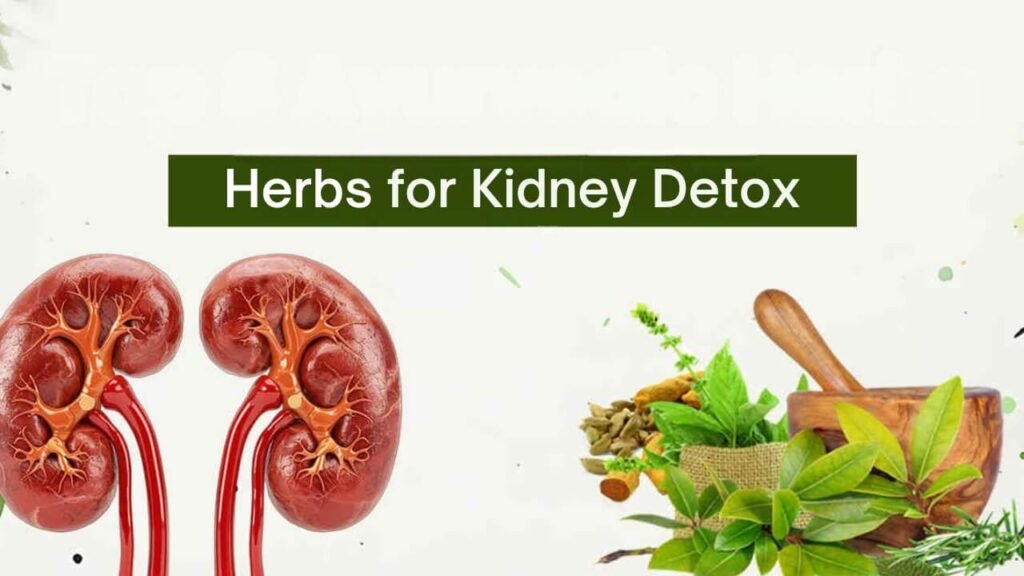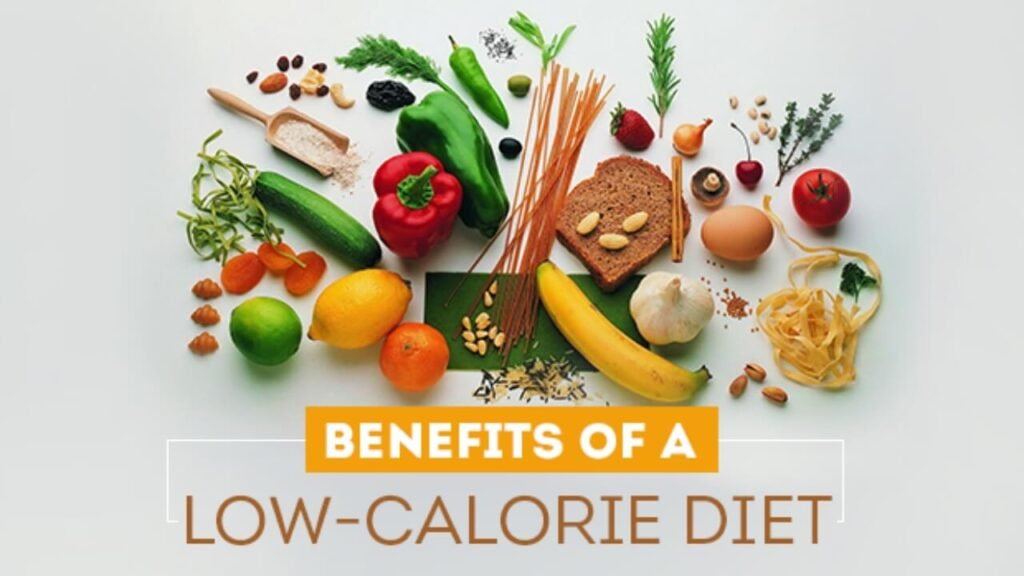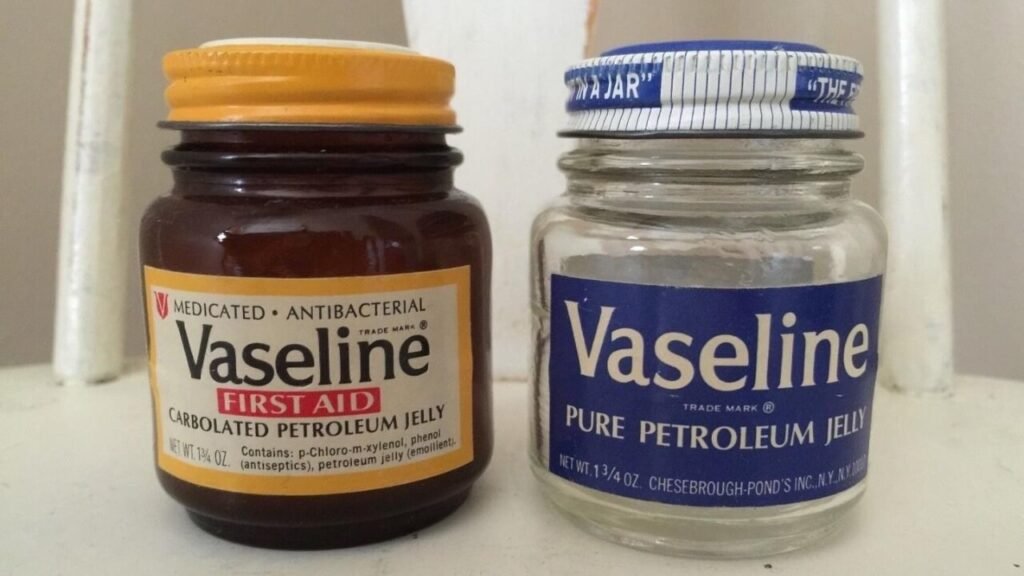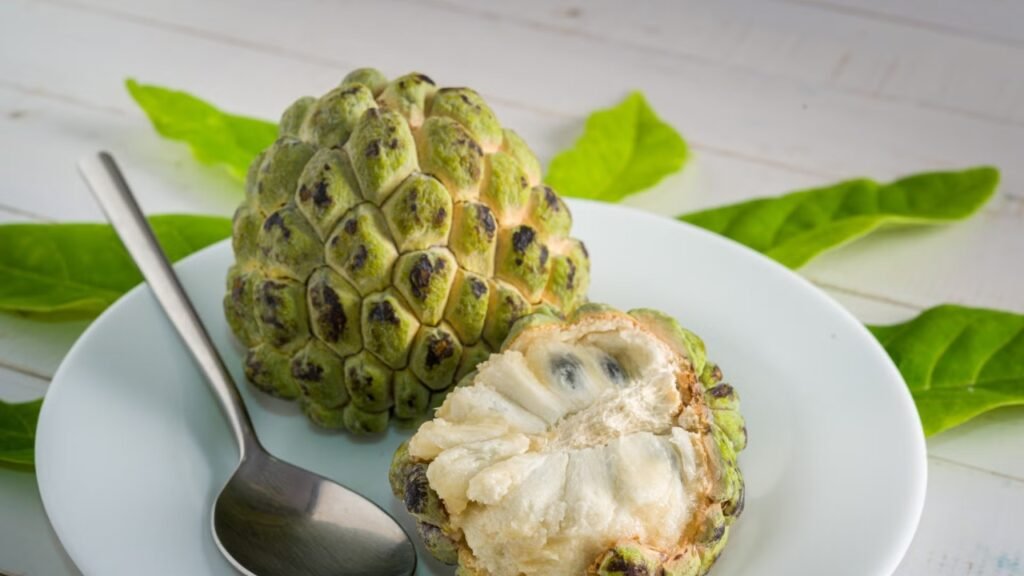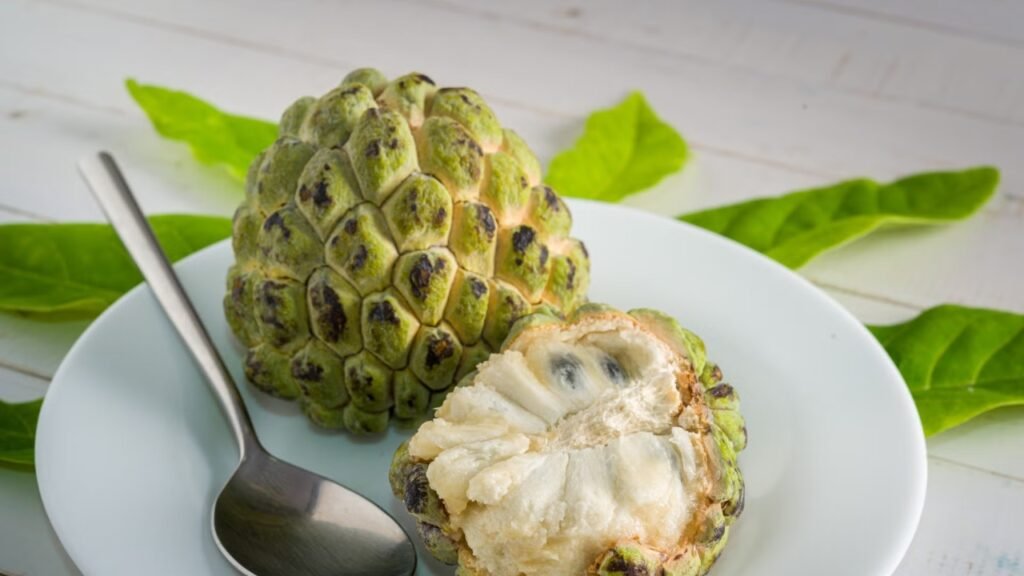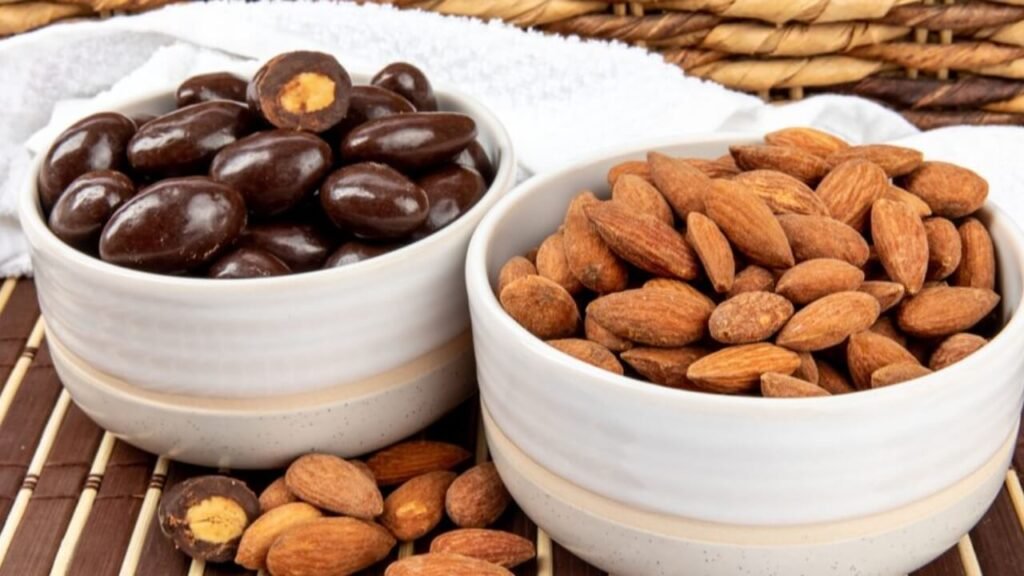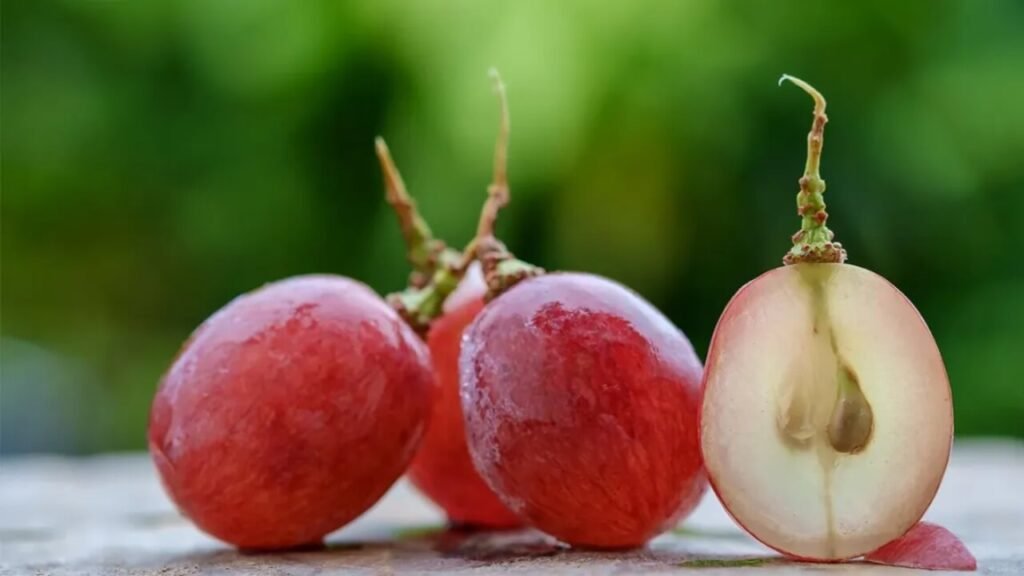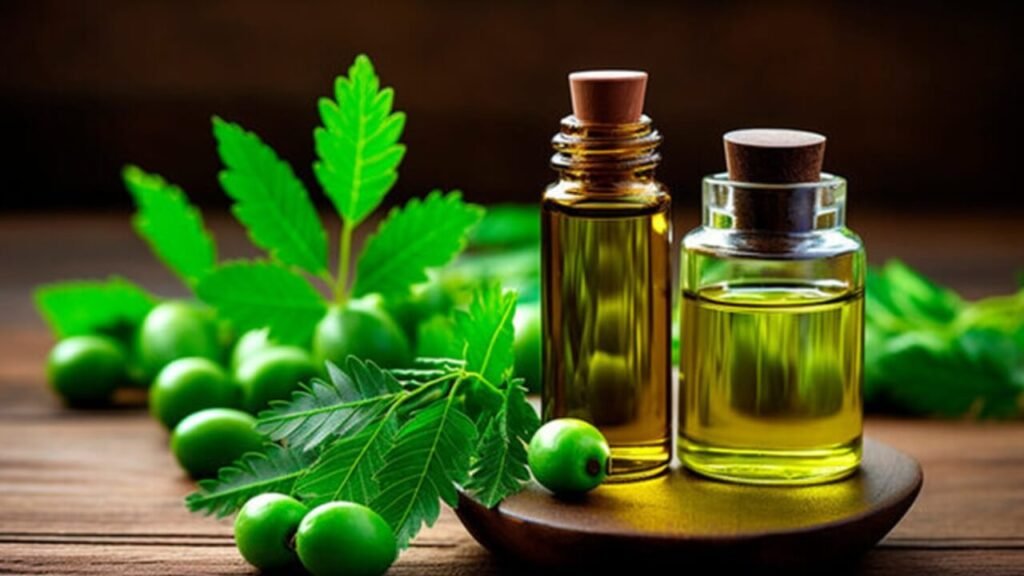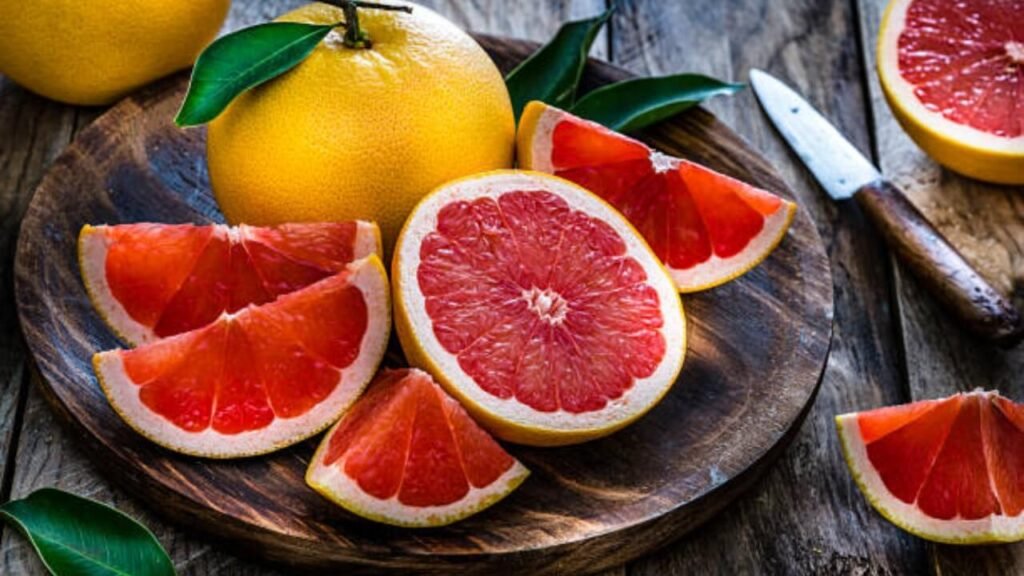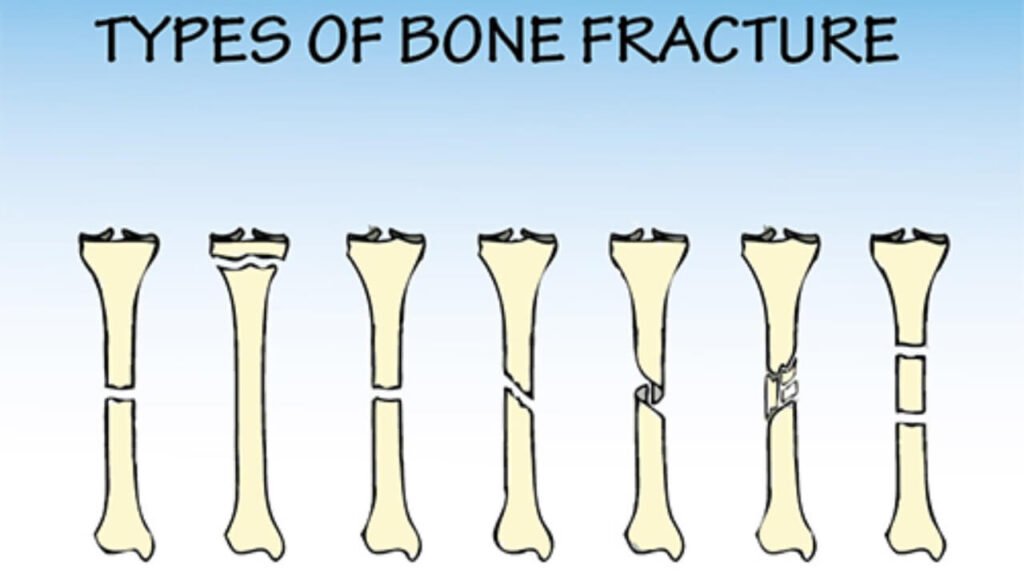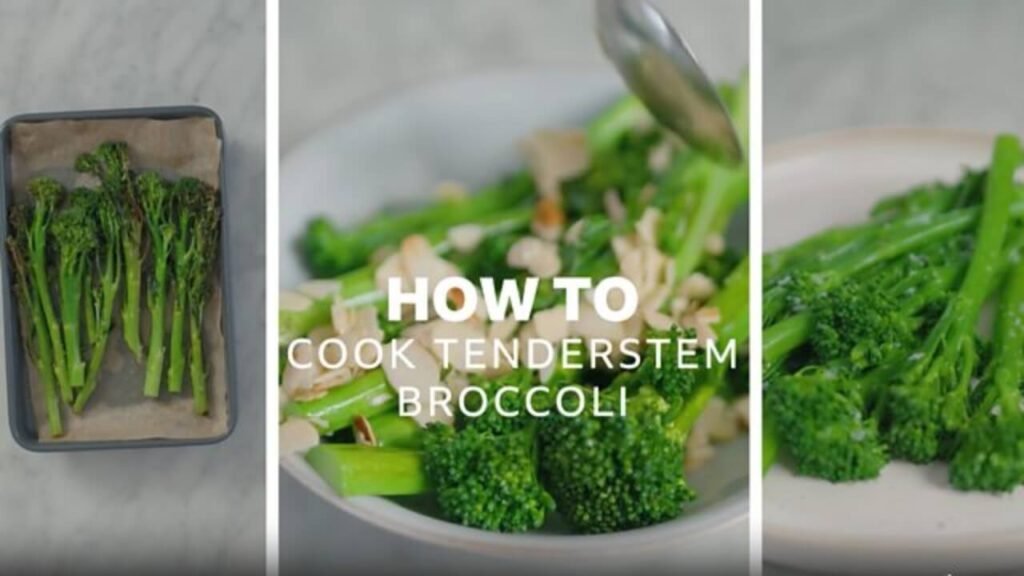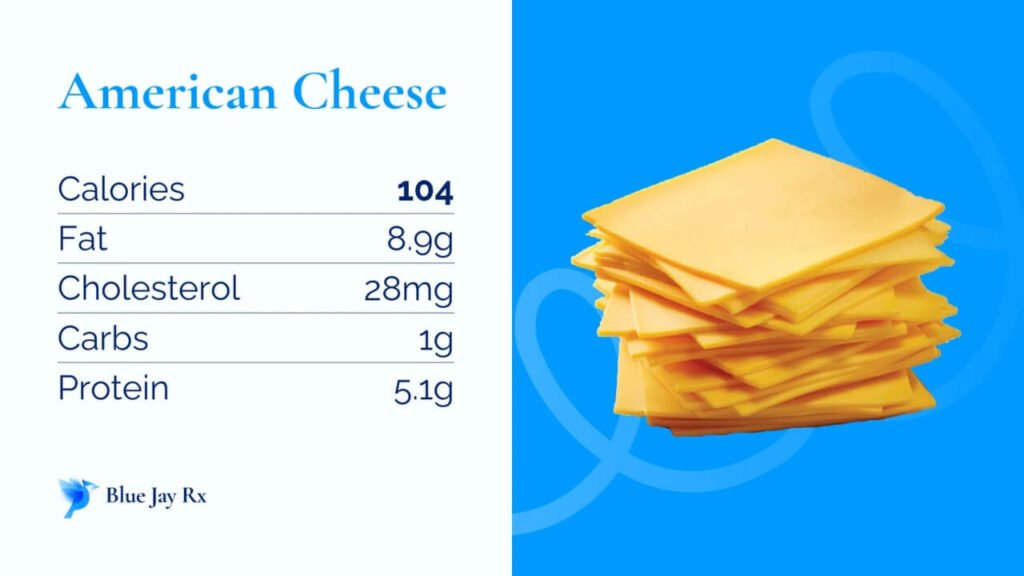Nutrition in Cornstarch: Health Insights
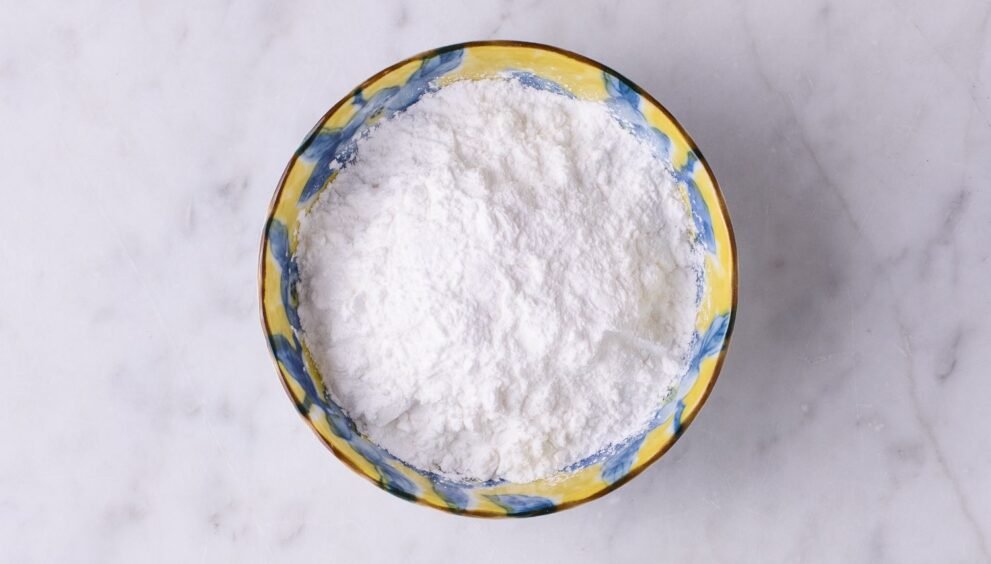
Cornstarch, a pantry staple in many American households, often plays a supporting role in thickening sauces, soups, and gravies. However, nutrition in cornstarch is a topic that deserves closer scrutiny, especially for those striving to make informed dietary choices. While it’s celebrated for its culinary versatility, cornstarch’s nutritional profile sparks curiosity about its place in a balanced diet. Is it merely a functional ingredient, or does it offer health benefits worth considering? In this blog, we’ll explore the nutritional nuances of cornstarch, its impact on health, and its role in modern American diets, engaging health-conscious readers with insights grounded in science and practical wisdom.
Understanding Cornstarch
Cornstarch is a fine, white powder derived from the endosperm of corn kernels. The production process begins with soaking corn in water to soften it, followed by milling to separate the starch from the kernel’s protein, fiber, and oil. This starch is then dried and ground into the familiar powder found in grocery stores. Unlike cornmeal or whole corn, cornstarch is highly refined, stripping away most nutrients to create a product primarily composed of carbohydrates. This refinement process, while enhancing its thickening properties, significantly shapes its nutritional profile, making it a unique ingredient in the culinary world.
How Is It Made?
Interestingly, cornstarch’s simplicity is both its strength and limitation. It lacks the vitamins, minerals, and fiber found in whole corn, which raises questions about its dietary value. For Americans accustomed to nutrient-dense foods, understanding cornstarch’s role requires examining what it offers—or doesn’t—beyond its functional appeal in recipes.
Nutrition in Cornstarch: A Closer Look
When exploring the nutrition in cornstarch, it’s essential to start with its composition. A single tablespoon of cornstarch (approximately 8 grams) contains about 30 calories, 7 grams of carbohydrates, and negligible amounts of protein, fat, fiber, vitamins, or minerals. Essentially, cornstarch is a source of pure starch, a complex carbohydrate that breaks down into glucose in the body, providing quick energy. However, its lack of micronutrients makes it a calorie-dense but nutrient-poor ingredient.
Implications for Health-Conscious Diets
This nutritional simplicity has implications for health-conscious consumers. For instance, individuals monitoring their carbohydrate intake, such as those with diabetes, may need to use cornstarch sparingly, as its high glycemic index can cause rapid blood sugar spikes. Conversely, for athletes or those needing quick energy, cornstarch’s easily digestible carbs can be beneficial in specific contexts, such as post-workout recovery. Understanding these nuances helps Americans make informed choices about incorporating cornstarch into their diets.
Health Impacts of Cornstarch
The health effects of cornstarch consumption are a mixed bag, influenced by how and why it’s used. On one hand, its role as a thickener in homemade soups or stews can make nutrient-rich meals more palatable, indirectly supporting a balanced diet. On the other hand, frequent consumption of refined starches like cornstarch, especially in processed foods, may contribute to health concerns. Research from Google Scholar highlights that diets high in refined carbohydrates are associated with increased risks of obesity, type 2 diabetes, and cardiovascular issues when not balanced with fiber, protein, and healthy fats.
Potential Risks
Moreover, cornstarch’s lack of fiber means it doesn’t promote satiety, potentially leading to overeating if used in large quantities. For Americans focused on weight management, this is a critical consideration. “While cornstarch itself isn’t harmful in moderation, relying on it as a primary ingredient without nutrient-dense foods can lead to dietary imbalances,” notes Dr. Jane Smith, a registered dietitian. This expert insight underscores the importance of context—cornstarch can fit into a healthy diet, but it shouldn’t dominate it.
Addressing Raw Consumption
Additionally, some individuals consume cornstarch raw, a behavior linked to a condition called pica, often associated with nutrient deficiencies like iron or zinc. This practice can lead to digestive issues and is not recommended. For most, however, cornstarch’s health impact depends on portion control and dietary balance.
Cornstarch in American Kitchens
Cornstarch holds a prominent place in American kitchens, reflecting its versatility and accessibility. From classic Thanksgiving gravy to Southern-style fried chicken coatings, it’s a go-to ingredient for achieving desired textures. Its neutral flavor and ability to thicken without altering taste make it indispensable in both home cooking and the food industry. Packaged foods like puddings, sauces, and baked goods often rely on cornstarch, highlighting its ubiquity in the American diet.
Concerns of Over-Reliance
However, this widespread use raises questions about over-reliance. Many processed foods containing cornstarch are high in calories and low in nutrients, contributing to the challenges of maintaining a healthy diet. For health-conscious Americans, opting for homemade recipes allows better control over ingredients, ensuring cornstarch complements rather than overshadows nutrient-rich foods like vegetables, lean proteins, and whole grains. Exploring its role in cooking reveals both its culinary value and the need for mindful consumption.
Comparing Cornstarch to Other Thickeners
To fully appreciate cornstarch, it’s helpful to compare it with alternative thickeners. Arrowroot, tapioca starch, and potato starch are popular substitutes, each with distinct nutritional profiles. Arrowroot, for instance, is also a refined starch but may contain trace amounts of minerals like potassium. Tapioca starch, derived from cassava, is similarly low in nutrients but may be better tolerated by those with corn allergies. Potato starch, while still primarily a carbohydrate, offers slightly more fiber and micronutrients than cornstarch.
Functional Differences
Flour, another common thickener, contains more protein and fiber but can alter the flavor and texture of dishes. For gluten-sensitive individuals, cornstarch is a preferable choice due to its gluten-free nature. These comparisons highlight that while cornstarch is effective, it’s not inherently superior from a nutritional standpoint. Health-conscious Americans can experiment with these alternatives to diversify their diets and address specific dietary needs, such as allergies or sensitivities.
Practical Tips for Mindful Use
Incorporating cornstarch into a balanced diet requires intention. One approach is to use it sparingly in recipes that emphasize nutrient-dense ingredients. For example, thickening a vegetable-packed soup with a small amount of cornstarch enhances texture without compromising nutritional value. Another strategy is to pair cornstarch-based dishes with fiber-rich sides, like whole-grain bread or a leafy salad, to improve satiety and balance blood sugar.
Navigating Processed Foods
Additionally, reading labels on packaged foods can help identify hidden sources of cornstarch, allowing consumers to make informed choices. For those with specific health goals, consulting a dietitian can provide personalized guidance on using cornstarch effectively. By adopting these practices, Americans can enjoy cornstarch’s culinary benefits while aligning with their health priorities.
Debunking Cornstarch Myths
Several myths surround cornstarch, often clouding its nutritional reputation. One misconception is that it’s inherently unhealthy due to its refined nature. While it’s true that cornstarch lacks significant nutrients, it’s not harmful when consumed in moderation as part of a varied diet. Another myth is that cornstarch is interchangeable with corn flour, which is less refined and contains more fiber and protein. Clarifying these distinctions empowers consumers to use cornstarch appropriately.
Addressing Allergies
Furthermore, some believe cornstarch is a significant allergen, but corn allergies are relatively rare. For those with sensitivities, symptoms are typically mild and manageable. Dispelling these myths fosters a more nuanced understanding of cornstarch’s role, encouraging informed dietary decisions.
The Future of Cornstarch
Looking ahead, the role of cornstarch in American diets may evolve as nutritional science advances. Researchers are exploring ways to enhance the nutritional value of refined starches, such as fortifying them with vitamins or pairing them with prebiotic fibers to support gut health. Additionally, the growing popularity of plant-based and gluten-free diets may sustain cornstarch’s relevance, given its versatility and allergen-friendly profile.
Emerging Alternatives
However, as consumers become more health-conscious, demand for nutrient-dense alternatives could challenge cornstarch’s dominance. Innovations in food technology, such as thickeners derived from nutrient-rich sources like chia seeds or seaweed, may offer new options. For now, cornstarch remains a reliable ingredient, but its future will depend on balancing convenience with nutritional priorities.
Conclusion
In summary, Nutrition in Cornstarch offers a fascinating lens through which to view dietary choices. While its role as a thickener is undeniable, its nutritional simplicity calls for mindful use, especially for health-conscious Americans. By understanding its composition, health implications, and culinary applications, consumers can integrate cornstarch into a balanced diet without compromising their wellness goals. Whether it’s perfecting a homemade sauce or enhancing a favorite recipe, cornstarch can shine when used thoughtfully. As we navigate the complexities of modern nutrition, let’s embrace ingredients like cornstarch with curiosity and care, ensuring our diets reflect both flavor and health.



